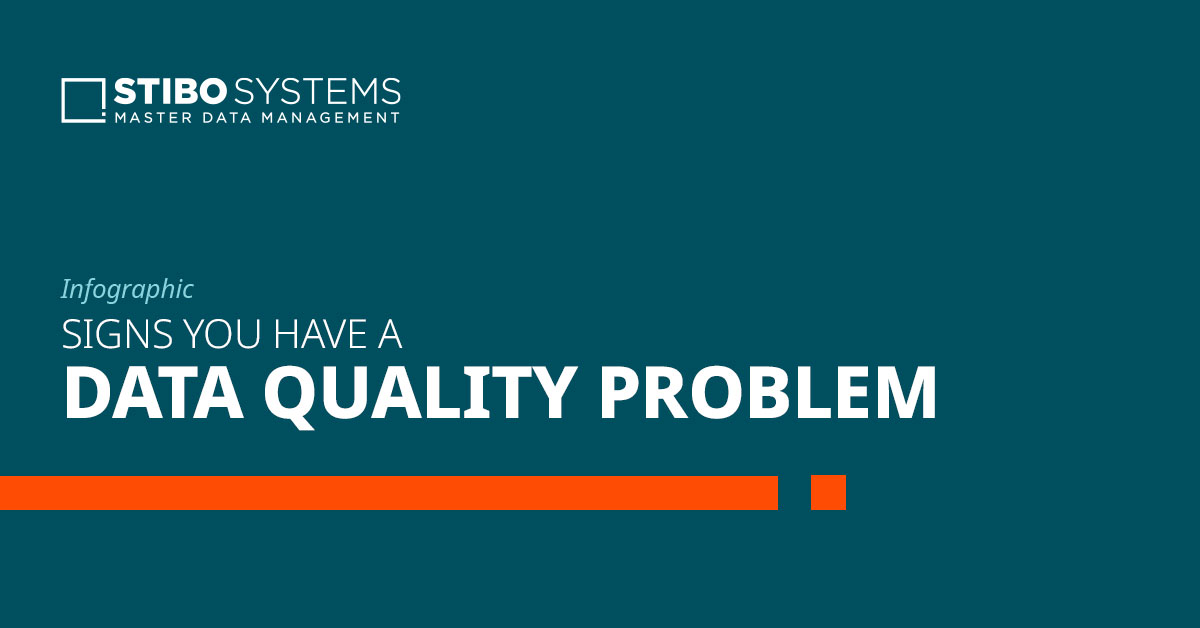Data quality is essential for any organization that relies on data for decision-making. A data quality framework provides a systematic approach to assessing and improving data quality across an organization. It defines the processes, tools and methodologies used to ensure that data is accurate, complete, consistent and reliable.
In this blog post, we will explore the key components of a data quality framework, how it can help organizations improve the quality of their data and finally, how to build and implement a data quality framework in ten steps.

What is a data quality framework?
A data quality framework is a structured approach to managing data quality within an organization. It provides a systematic and standardized way to define, measure, monitor and improve the quality of data across different systems and processes.
The key components of a data quality framework include:
-
Data quality requirements
Define the data quality requirements for each data element, including accuracy, completeness, consistency, timeliness and relevance.
-
Data quality metrics
Establish data quality metrics to measure the quality of your data, such as completeness, accuracy, consistency, timeliness and uniqueness.
-
Data quality rules
Develop data quality rules to identify and correct data quality issues, such as data validation rules, data transformation rules and data enrichment rules.
-
Data quality processes
Establish data quality processes to manage the data quality framework, such as data governance, data stewardship and data quality monitoring.
-
Data quality roles and responsibilities
Define the roles and responsibilities for managing data quality, such as data stewards, data owners and data quality analysts.
-
Data quality tools and technology
Identify the data quality tools and technology needed to support the data quality framework, such as data profiling tools, data cleansing tools and data quality dashboards.
-
Data quality improvement plan
Develop a data quality improvement plan to continuously improve the data quality framework over time.
Overall, a data quality framework enables organizations to take on a proactive approach to data quality management, ensuring that data is accurate, complete, consistent and reliable. It provides a systematic and repeatable process for data quality management, enabling organizations to continuously improve their data quality over time.
Why is having a data quality framework important for organizations?
Having a data quality framework is important for organizations for several reasons:
-
Better decision-making
A data quality framework ensures that the data used for decision-making is accurate, complete, consistent and reliable, enabling organizations to make better-informed decisions.
-
Increased efficiency
A data quality framework helps to eliminate data quality issues, reducing the amount of time and resources spent on correcting errors and rework.
-
Improved customer satisfaction
Accurate and consistent data improves the customer experience by ensuring that customer information is correct and up-to-date.
-
Compliance
A data quality framework helps organizations comply with regulatory requirements by ensuring that data is accurate, complete and consistent.
-
Cost savings
A data quality framework helps organizations save costs associated with data errors, such as rework, lost productivity and lost revenue.
-
Competitive advantage
A data quality framework enables organizations to differentiate themselves from their competitors by providing higher-quality data for decision-making and customer service.
Overall, a data quality framework is essential for organizations that rely on data for decision-making and customer service. It ensures that data is accurate, complete, consistent and reliable, improving the quality of decision-making, customer service and overall business performance.
INFOGRAPHIC
Signs You Have a Data Quality Problem

How to build and implement a data quality framework
Building and implementing a data quality framework involves the following steps:
1. Define data quality requirements
Start by identifying the data quality requirements for your organization. These may include accuracy, completeness, consistency, timeliness and relevance. Define the data quality requirements for each data element and establish the acceptable levels of quality.
2. Identify data sources
Identify the data sources for each data element and document the data lineage to understand the data's journey through your organization.
3. Establish data quality metrics
Define the data quality metrics to measure the quality of your data. Metrics may include completeness, accuracy, consistency, timeliness and uniqueness.
4. Assess data quality
Assess the quality of your data against the established data quality metrics. This may involve data profiling, data cleansing and data enrichment.
5. Establish data quality rules
Develop data quality rules to identify and correct data quality issues. These rules may be automated or manual, depending on the data element and the complexity of the rule.
6. Implement data quality processes
Establish data quality processes to manage the data quality framework. This may involve data governance, data stewardship and data quality monitoring.
7. Monitor data quality
Monitor the quality of your data on an ongoing basis to ensure that it meets the established data quality requirements. Use data quality dashboards and reports to track data quality metrics over time.
8. Establish data quality roles and responsibilities
Define the roles and responsibilities for managing data quality. This may involve establishing a data quality team, data stewards and data owners.
9. Train staff
Train staff on the importance of data quality and how to manage data quality using the established data quality framework.
10. Continuous improvement
Continuously improve the data quality framework by reviewing and updating data quality requirements, data quality metrics, data quality rules and data quality processes on an ongoing basis.
Building and implementing a data quality framework requires a systematic approach and a commitment to ongoing improvement. It involves collaboration across the organization to ensure that data quality is managed effectively and consistently.
EXPLORE
Multidomain Master Data Management






































































































































































































